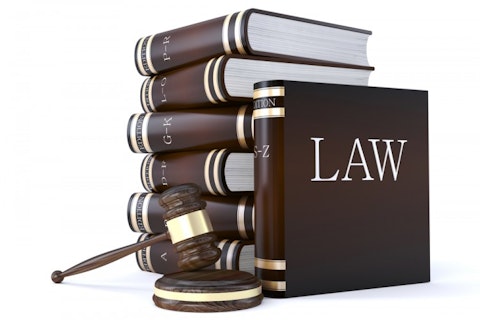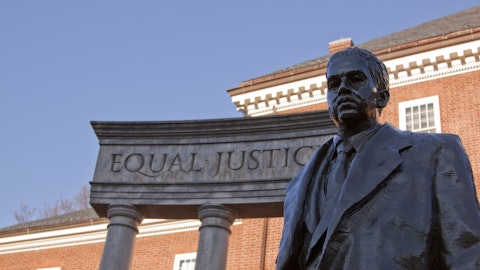Not all bar exams are created equal: this is why we have created a list of the ten states with the easiest bar exams to pass in the US. For any student of law, whether they are just beginning to practice law or trying to practice in a different state, there are few things more stressful than taking the bar. Bar exams usually involve at least two days of 6 hours solid testing blocks, and the test itself is only available 3 times a year. States can have different standards of qualification and pass/fail scores: you may even have to take additional testing after the bar. The test themselves have only gotten harder. National pass rates have reached a 30 year low (though whether it’s because of a harder exam or less qualified applicants is subject to debate).
But it gets worse. Even if you pass the bar and score in the top percentile, your state bar exam score doesn’t necessarily qualify you to practice law outside of the state you were tested. If you are in New Mexico and want practice law in New Jersey, you may have to deal with the bar exam all over again.

Sergiu Ungureanu/Shutterstock.com
Fortunately, the hassle of the taking and re-taking the bar can be reduced. According to the National Council of Board Examiners (NACBEX), 17 states have chosen to adopt the Uniform Bar Exam (UBE). The UBE is a single test made of 3 pre-existing testing components—the Multistate Bar Examination (MBE), the Multistate Essay Examination (MEE), and the Multistate Performance Test (MPT). If you pass the UBE in one state, your score is transferable to any other state that uses the UBE.
As more and more states adopt the UBE and the testing becomes standardized, the ease of individual bar exams will become less of a factor. In the meantime, we have a list of the ten states with the easiest bar exams to pass in the US.
By “easy”, what we really mean is ‘most frequently passed’. We run into a little trouble here: not all states use the same combination of tests, or a consistent pass/fail score, or have the same number of participants, and so on. Creating a gradable standard for “ease” is difficult given the information currently available. Robert Anderson, an associate professor at Pepperdine University School of Law, created his own ranking of the state bar exams according to difficulty. Anderson did a regression analysis of the 2008-2011 bar exams which controlled for differences in education based on average LSAT scores. To get a more thorough data set, we used the 2014 statistics published by the NACBEX. We took Anderson’s analysis, the raw passage rate for 2014, and the ten-year average passage rate, and ranked the states according to the highest average of the 3 rates.
The slideshow of the ten easiest bar exams in the US is just below. If you are just thinking about going to undergrad, give yourself a leg up and take some AP classes in high school. Use our list of the 6 Easiest AP Classes to guide your judgment.





